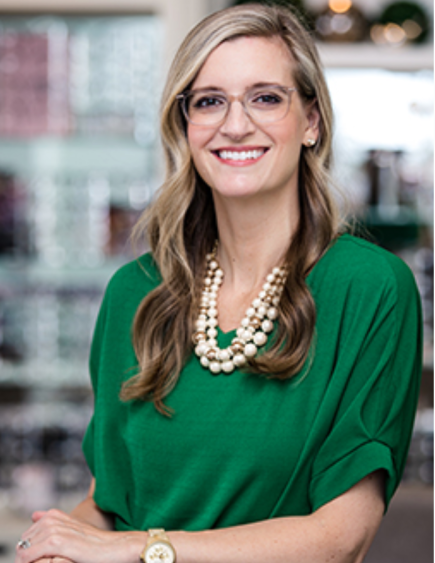
Establishing and maintaining a thriving optometric practice requires a look beyond the day-to-day operations, into the current needs right in your own community—and what opportunities those needs present for the future of your practice. 2023 Best Practices honoree Dr. Janet Wilson, OD, FCOVD, of Bella Vision in Spartanburg, S.C., shares how adapting to her patients’ everchanging needs helped fuel the growth of her practice.
How has your practice grown over the years?
Dr. Wilson: Since opening our doors in early 2014, our practice has seen significant growth across the board—in terms of the services we provide, our team, and the physical square footage of our office space. What originally started out as a 1,400-square-foot, six-person practice has grown to a 7,200-square-foot facility with 15 team members. We started out focusing solely on comprehensive eye exams, but the longer we stayed in practice, the more we became aware of the unmet vision needs in our community—like vision therapy, vision rehabilitation, and dry eye management. We continue to keep a finger on the pulse of and adapt to the changing needs of our patients to ensure that we’re offering the products, services, and technologies that benefit them the most.
In your opinion, what was the single biggest factor that led to your practice’s growth?
Dr. Wilson: The need to expand our service offerings came directly from what we were seeing right in our own community. The most significant catalyst of our growth was vision therapy. When we first opened, there was only one office providing vision therapy located about 45 minutes away from our practice, and they booked out months in advance. There was nowhere for us to send our patients for this type of care. I decided to take it upon myself to learn more about this area of practice and learned how to diagnose and treat binocular vision problems. Today, we have a 1,500-square-foot clinic solely focused on vision therapy and vision rehabilitation—which is larger than the entirety of our original practice.
What have been some of the impacts of your practice’s expansion?
Dr. Wilson: With more office space came more room to provide an even higher level of care to our patients. We now have exam rooms specific to dry eye treatment and vision therapy, which has given us more time with each patient without interfering with our comprehensive eye exam schedule. We’ve also had the ability to more comfortably add new services, like vision therapy, vision rehabilitation, dry eye management, myopia control, and specialty contact lens fits. These expanded service offerings have allowed us to treat even more patients while reducing our need to refer outside of our practice, which gives patients a more seamless experience in our office as well.
What were some of the biggest challenges that came with the expansion of your practice?
Dr. Wilson: Timing ended up being an obstacle we had to overcome during our growth period. We’d been working on our practice expansion plan since late fall of 2019, which was right before the pandemic hit. Our plans and financing were obviously put on hold, and we had to essentially start over from scratch after COVID calmed down. Looking at things bigger picture helped us to get through this unexpected inconvenience. We had to keep reminding ourselves that in the end, we’d be helping even more people within our community.
What would you tell other practices who are currently experiencing growth?
Dr. Wilson: It is so important to plan ahead. You can’t focus only on what you have going on in your practice right now—look to the future. Community and patient needs are everchanging and you need to be willing to adapt with them.








